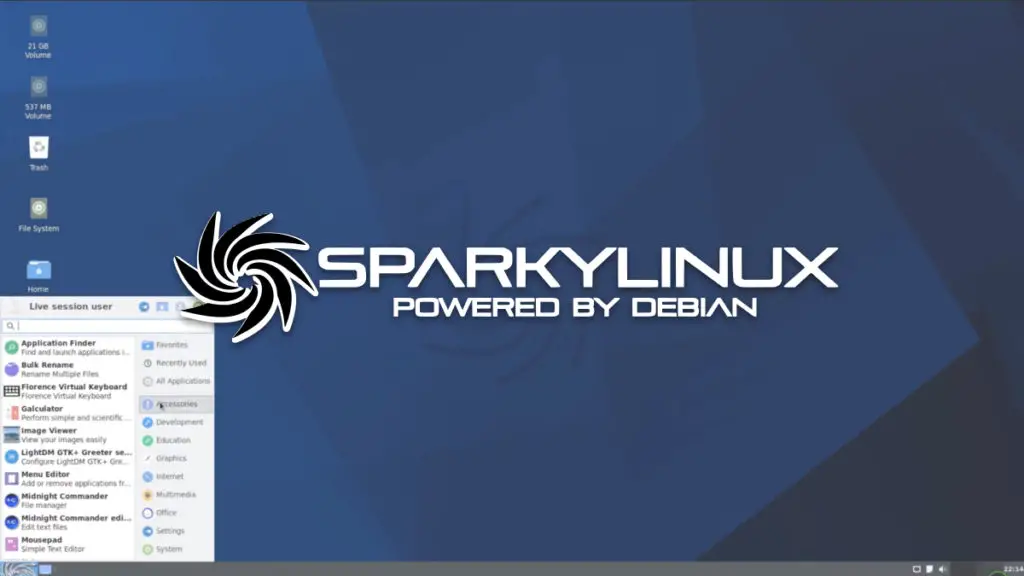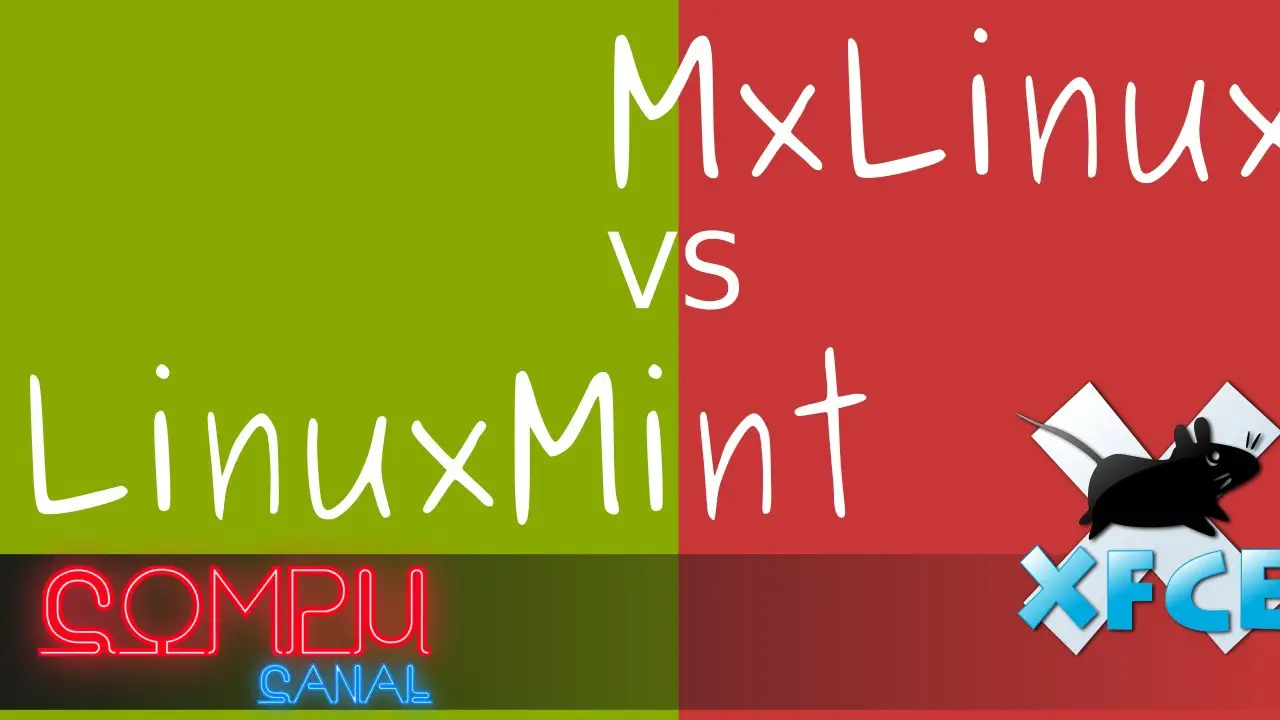Mx Linux vs. SparkyLinux: The Battle of Debian Derivatives

In the realm of Linux distributions, Debian is a revered name, known for its stability and extensive package repository. However, the Linux ecosystem offers myriad flavors known as derivatives, which are built upon Debian’s solid foundation, infusing unique features and customizations to cater to specific user preferences. Two prominent Debian derivatives that have garnered significant attention are Mx Linux and SparkyLinux, each boasting their own distinct strengths and target audiences.

MX Linux: A Carefully Curated User Experience

MX Linux emerged from the merger of antiX and MEPIS Linux distributions, inheriting the best of both worlds. It prides itself on providing a user-friendly, out-of-the-box experience, meticulously crafting its live environment and default applications to deliver a seamless and intuitive workflow.
One of MX Linux’s most notable attributes is its MX Tools, a collection of custom-built utilities designed to enhance system management and configuration. These tools empower users with convenient access to system monitoring, hardware control, and package management, fostering a sense of control and empowerment.
Its default desktop environment, Xfce, is renowned for its lightweight nature and resource efficiency, making MX Linux an excellent choice for older hardware or users seeking a responsive and clutter-free computing experience.
SparkyLinux: A Swiss Army Knife for Customization
SparkyLinux, on the other hand, takes a decidedly different approach, positioning itself as a modular and highly customizable distribution. It offers a wide array of desktop environments to choose from during installation, including LXDE, KDE Plasma, MATE, and Xfce, catering to diverse user preferences and workflows.
SparkyLinux’s modular design grants users unparalleled flexibility in tailoring their system. It features a repository of Sparky APTus repositories, containing an extensive collection of curated packages and applications, enabling users to refine their system according to their specific needs and interests.
Its focus on customization extends to the system’s appearance and functionality. SparkyLinux provides a comprehensive set of configuration tools, granting users granular control over every aspect of their desktop environment, from themes and icons to keyboard shortcuts and system behavior.
Choosing the Right Debian Derivative
Ultimately, the choice between Mx Linux and SparkyLinux depends on individual user priorities. If a user values simplicity, ease of use, and a polished out-of-the-box experience, Mx Linux is an excellent choice. Its user-friendly approach and curated software ecosphere make it an ideal distribution for both beginners and experienced users alike.
Conversely, if a user demands maximum customization, seeks a modular and adaptable distribution, and relishes the freedom to mold their system to their exact specifications, SparkyLinux is the superior choice. Its extensive repositories, flexible desktop environments, and comprehensive configuration tools empower users to craft a truly personalized computing experience.
Both Mx Linux and SparkyLinux offer compelling advantages, catering to different segments of the Debian derivative user base. By understanding their respective strengths and target audiences, users can make an informed decision and select the distribution that best aligns with their unique requirements and preferences.

Mx Linux is awesomes but Sparkylinux is best!
thises post is baddest they not said nothing valuable neither details
Mx Linux is based on Debian 11 Bullseye; SparkyLinux is based on Debian 10 Buster. Mx Linux doesn’t support legacy BIOS; SparkyLinux does.
i dont care at all abouth this mouse operassions
awesome post
what the point of sporking of debians derivatives? their all the same.
SparkyLinux is the best, Mx Linux is the second best
mx is verrygood
i love sparky more than my child
articul is interestings and very usefully mx is best for low device
i realy dont like this sparkylinux because it very slow
ajajajajaja this so ware are verry bed
hey this verry interesanting give more information about
no thanks sparcky i prefer artix
his better browser than chromes is baddest!